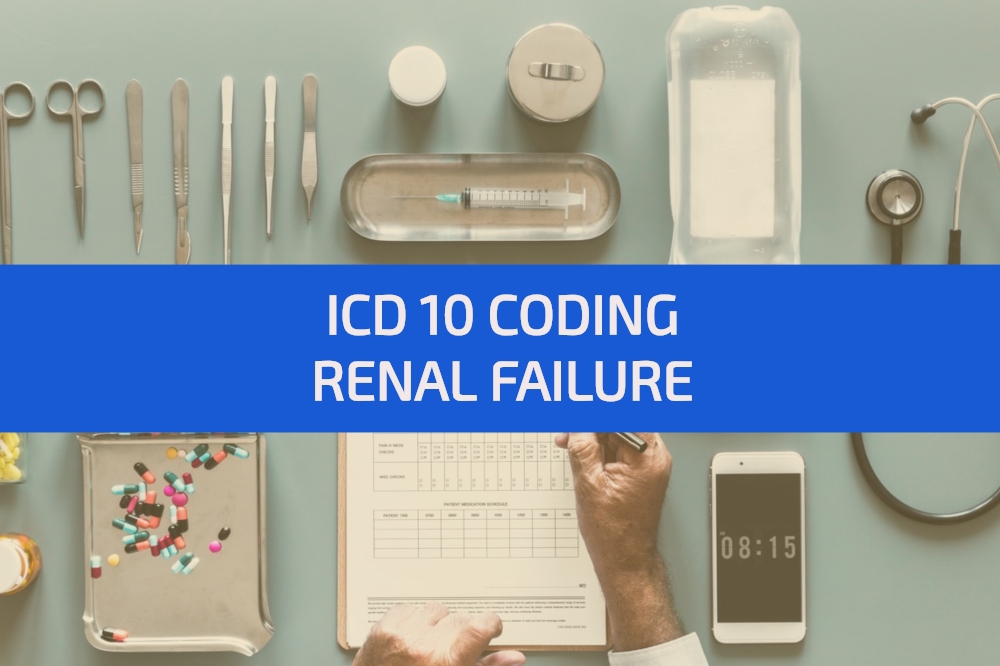John is definite that he wants a career in the healthcare industry. After all, the healthcare industry is one of the fastest growing sectors in the country and John is sure that there were many opportunities for those willing to work diligently. When he expressed his desire of joining the healthcare industry to his immediate neighbor and good friend, Jill Tracy, she not only encouraged him, but also related her own career path as an example.
Jill, 37 years old and a mother of two, had been working as a radiation technologist for the last 13 years. Looking for better prospects and a more flexible schedule, Jill joined and has recently completed a medical coders training program. She is currently apprenticing with an experienced coder and is looking forward to eventually become a coding trainer. Even though the shift meant a pay cut, Jill knew that the eventual pay ceiling was higher with coding, as compared to a radiation technologist. The biggest advantage for Jill was the chance to work from home.
With the current shortage of skilled coders in the market, the future for coding professionals looks bright. However, there are certain key areas that need to be understood and addressed by anyone looking at coding as a career.
How important is a coder’s job?
The job of a coder is critical – the coder goes through all the details of a patient’s record and translates them into codes that are used by insurance companies to determine the reimbursement to the doctor’s office or hospital. Insurance payments are amongst one of the most critical elements that keep a practice or hospital up and running. These codes, which adhere to an international standard, are further used by healthcare professionals to determine the effectiveness of the treatment provided to the patient. Since any further treatment and care of the patient is directly related to the previous treatment protocol and outcomes, the accuracy in collecting the data and translating the patient’s records to the correct codes is of paramount importance.
Starting at the bottom of the ladder
It does not matter whether you are a new entrant or an experienced professional from a different field – all coders have to start from the bottom rung of the ladder. To become an accredited coder, you need to complete between 700 to 1,000 hours of coursework which include anatomy, physiology and pharmacy. While, the courses can be done online, most hospitals want coders with accreditation and experience, rather than those with just an accreditation. This means that you would be better off apprenticing with an experienced coder while undergoing your coursework.
Like in every other profession, a coder’s salary increases with their years of experience. However, experienced coders can increase their earnings by graduating to becoming peer reviewers, then supervisors, then auditors and finally consultants. Sounds attractive, but it is not easy – a coder’s job requires constant retraining to keep up with the fast changing medical world.
The importance of accreditation
Although there is a shortage of medical coding professionals, a degree in medical billing and coding from an institution not properly accredited, will not provide you with any value in your career. An accredited medical billing and coding school has to meet certain standards in their study programs and their quality of students. This ensures the employer of the caliber of its degree holder, and thus of their potential employee.
Your potential medical billing and coding school should have accreditation from either or both the nationally known accreditation agencies – the Commission of Accreditation for Health Informatics and Information Management Education (CAHIIM) and the American Academy of Professional Coders (AAPC).
In addition to these two, there are six regional agencies that accredit higher education institutions as a whole, which includes their medical billing and coding programs. These are the Middle States Association of Colleges and Schools (MSA); New England Association of Schools and Colleges (NEASC); North Central Association of Colleges and Schools (NASC); Northwest Association of Schools and Colleges (NASC); Southern Association of Colleges and Schools (SACS) and Western Association of Schools and Colleges (WASC)
You need to be sure of the type of accreditation that your prospective employer needs and recognizes, or the type of accreditation that is in demand, before you commence your training.
Coding is hard work
The chances of getting a remote coding job for a beginner is, well not impossible, but rare. You will need to commute to where the work is – a doctor’s clinic, a hospital or a healthcare center. Add to this the need to constantly retrain yourself to keep pace with the changes in the medical world. For example, ICD-10, the new coding standard that has been adopted uses more than 140,000 codes. Compare this to the ICD-9 which had just about over 17,000 codes.
For a free copy of the ICD-10 A-Z Coding Guide, click here.
In today’s dynamic global workforce, a career in medical coding is an exciting and fulfilling career option. Are you a medical coder or a medical biller? Do you think you have what is required to make medical coding a career for yourself? Take a look at our current job openings.



